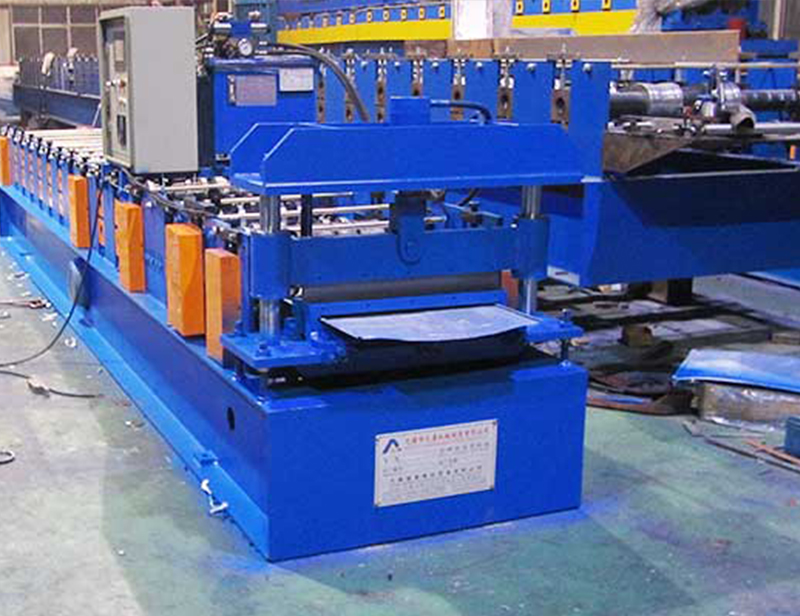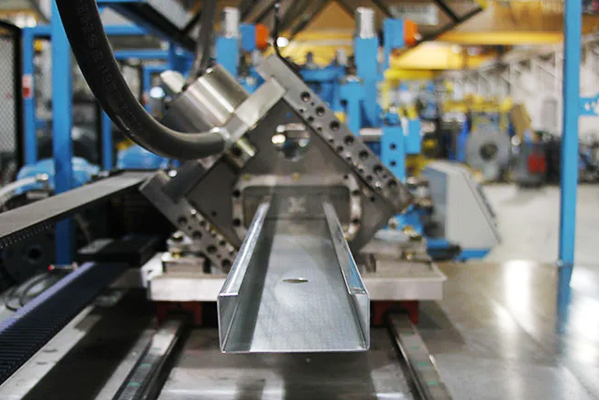Navigation Menu
Contact Us
- Email:
- info@wxavatar.com
- Address:
- Yurong Village, Yuqi Street, Huishan District, Wuxi, China.
Release Date:Jun 07, 2025 Visit:62 Source:Roll Forming Machine Factory
Roll forming machines are essential in metal fabrication, offering precision and efficiency in producing consistent profiles. To maintain optimal performance and extend equipment lifespan, implementing a structured maintenance strategy is crucial. Here are key approaches to ensure reliable operation.

1. Regular Inspection and Lubrication
Proper lubrication reduces friction between moving parts, preventing premature wear. Inspect bearings, gears, and rollers periodically, applying manufacturer-recommended lubricants. Check for leaks or excessive grease buildup, which can attract contaminants.
2. Alignment and Calibration Checks
Misaligned rollers or improperly set tooling can lead to product defects and machine strain. Schedule routine alignment checks using precision tools to ensure rollers, guides, and forming stations are correctly positioned. Calibrate sensors and controls to maintain accuracy.
3. Wear and Tear Monitoring
High-stress components like forming rolls, cutting blades, and punches degrade over time. Track wear patterns and replace parts before failures occur. Maintain an inventory of critical spares to minimize downtime.
4. Cleaning and Debris Removal
Metal shavings, dust, and residual lubricants can accumulate, affecting machine performance. Implement a cleaning schedule to remove debris from rollers, guides, and hydraulic systems. Use appropriate cleaning agents to avoid corrosion.
5. Vibration and Noise Analysis
Unusual vibrations or noises often indicate mechanical issues such as loose fasteners, bearing failures, or misalignment. Conduct periodic vibration analysis to detect early signs of trouble and address them promptly.
6. Electrical and Control System Maintenance
Inspect wiring, connectors, and control panels for signs of wear or overheating. Test emergency stops, sensors, and programmable logic controllers (PLCs) to ensure proper functionality. Keep software and firmware updated for optimal performance.
7. Operator Training and Documentation
Well-trained operators can identify early warning signs and perform basic maintenance tasks. Maintain detailed logs of inspections, repairs, and part replacements to track machine history and predict future needs.
Conclusion
A proactive maintenance strategy enhances roll forming machine efficiency, reduces unplanned downtime, and prolongs equipment life. By combining scheduled inspections, proper lubrication, and timely part replacements, manufacturers can achieve consistent production quality and operational reliability.

By following these best practices, businesses can optimize their roll forming processes while maintaining cost-effective operations.